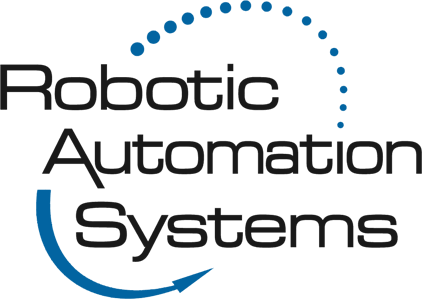How to Reduce CNC Machining Costs
What is CNC Machining
Computer Numerical Control (CNC) machining is a manufacturing process in which pre-programmed computer software dictates the movement of factory tools and machinery. The process can be used to control a range of complex machines, from grinders and lathes to mills and CNC routers.
Costs of CNC Machining
There are many variables that can affect the costs associated with CNC machining and understanding the impact of these variables can help to discover ways to reduce those costs significantly.
- Start-Up Costs-These costs are fixed and cover the cost of CAD file preparation and product planning and are spread across the volume of parts produced.
- Materials Costs-the bulk material you choose and how easy or hard it is a machine can make a big difference. A raw material that is less expensive but harder to machine can end up being more costly than a higher-priced material that’s easier to machine.
- Machining Time-the longer it takes to machine a part, the more expensive that part will be.
- Volume-CNC machining costs would be the same to produce 1 unit or 100 units. Spreading the cost over a larger number of units makes each one less expensive.
- Surface finishing-special surface finishes can add significantly to the cost of manufacture, so the choice of finish should be made carefully
- Tolerances-tighter tolerance requirements will lead to more difficult machining and increase the volume of wastage
- Complex part geometry-highly detailed parts require multiple processes and may even require multiple machines, increasing costs
- Drill and tap hole sizes-a design that uses standard tap holes and drill sizes will help to reduce the costs
- CAD costs-during the design process, extra attention should be paid to the accuracy of the CAD designs. This may cost more initially but will help to avoid mistakes.
- The shape of internal corners-sharp or 90°corners will take up more machining time so rounded internal corners should be used if they don’t affect the use or function of the parts.
- Internal cavities-parts with deep internal cavities can cost more in materials and wear of machining tools.
- Thin walls-thin walls are machined through multiple passes with low settings to avoid breakage. This adds to the time required to produce the part and increases the cost.
Summary
Understanding the variables that go into the cost of CNC machining will help you to identify areas where you can reduce your expenses. Being proactive in this area will allow you to make the best use of your resources will result in lower costs and greater efficiency.
Robotic Automation Systems has been a leader and innovator in integrating automation and robotics for the plastics industry since 1993. Robotic Automation Systems solutions are custom engineered, built, and fully integrated into your application and process – from complete turnkey automation systems to specific robotic automation application needs and tooling. We proudly represent a broad range of high-quality automation robots from several top-of-the-line manufacturers.
If you would like to see how we can help you with your automation or robotic needs, visit our website, or contact us at 800-997-0989 or 608-602-5144.
